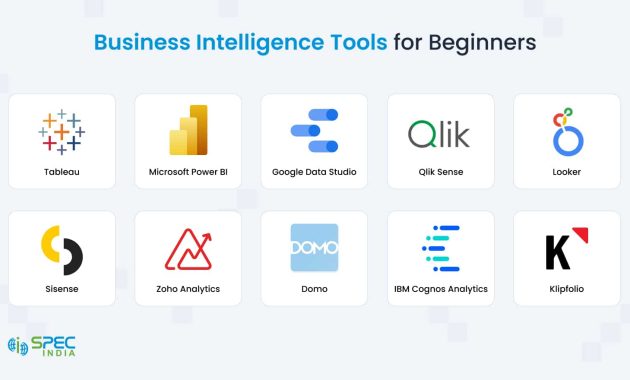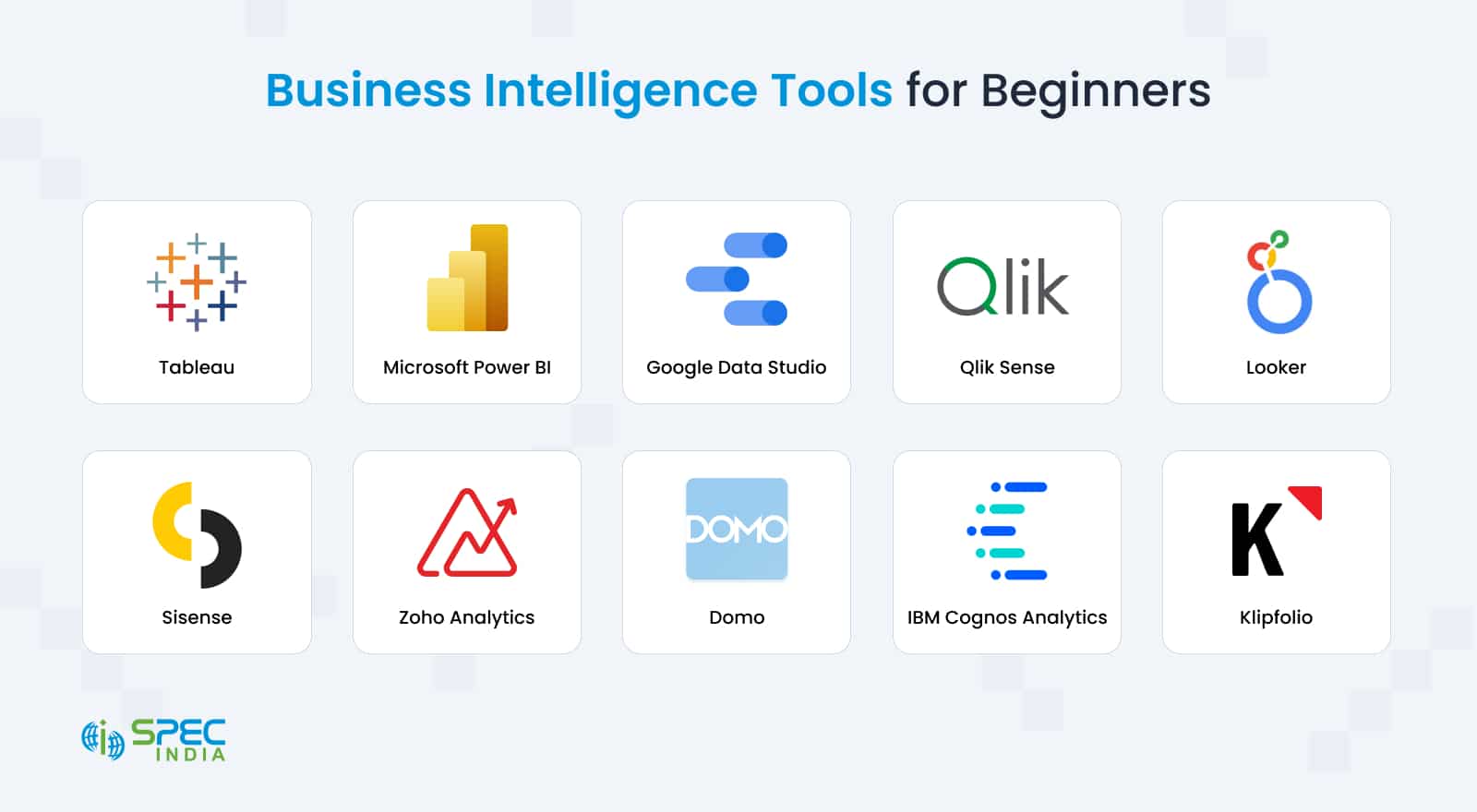
How BI Tools Help You Track Billing: A Comprehensive Guide
In the complex world of business, accurate billing is the lifeblood of financial health. Ensuring timely invoicing, efficient payment processing, and comprehensive financial reporting are critical. Businesses are increasingly turning to Business Intelligence (BI) tools to streamline these processes. This article provides a detailed look at how BI tools help you track billing, improve financial oversight, and optimize revenue management.
The Challenges of Traditional Billing Methods
Before delving into the benefits of BI, it’s important to understand the limitations of older methods. Manual billing processes, spreadsheets, and fragmented systems often lead to significant inefficiencies. These can include errors, delays, and a lack of real-time visibility. These issues can cripple cash flow and hamper growth.
- Human Error: Manual data entry is prone to mistakes. These errors can lead to inaccurate invoices. They can also cause customer disputes and delays in payment.
- Lack of Real-Time Data: Traditional methods offer limited immediate insights. This makes it hard to monitor billing performance in real-time.
- Inefficient Reporting: Generating reports can be time-consuming and cumbersome. This can make it difficult to identify trends and make data-driven decisions.
- Security Risks: Storing sensitive billing data in unprotected systems can expose businesses to security threats. This can lead to data breaches.
The Power of Business Intelligence in Billing
BI tools offer a sophisticated solution to overcome these challenges. They provide a unified platform for managing and analyzing billing data. This offers real-time insights into financial performance. They enhance data accuracy and boost operational efficiency. The result is improved cash flow and stronger financial control.
Key Features of BI Tools for Billing Tracking
BI tools provide a range of features designed to optimize billing operations. Understanding these features is key to fully realizing the benefits. They can help you track your billing effectively.
Data Integration and Consolidation
BI tools can integrate data from multiple sources. These include accounting software, CRM systems, and payment gateways. This unified view allows for a comprehensive understanding of billing data. Data is consolidated into a single, accessible platform. This minimizes data silos and ensures data consistency.
Real-Time Dashboards and Reporting
Real-time dashboards provide instant visibility into key billing metrics. These include invoice status, payment trends, and outstanding balances. Customizable reports allow for in-depth analysis of specific areas. They can also identify areas of concern. These features empower businesses to make timely, data-driven decisions.
Automated Alerts and Notifications
Automated alerts notify users of critical events. These can include overdue invoices or significant payment fluctuations. Timely notifications enable proactive management of billing issues. This can minimize the impact on cash flow. They also ensure that no issues are missed.
Advanced Analytics and Forecasting
BI tools leverage advanced analytics to uncover patterns and trends in billing data. Predictive analytics can forecast future revenue and identify potential risks. These capabilities provide valuable insights. They also enable businesses to optimize pricing strategies and improve financial planning.
Specific Benefits of Using BI Tools for Billing Tracking
Implementing BI tools for billing tracking offers several tangible benefits. These improvements can significantly impact a company’s bottom line. They also improve overall financial health.
Improved Accuracy and Reduced Errors
Automated data entry and validation processes in BI tools minimize manual errors. This leads to more accurate invoices and reduced customer disputes. Improved data accuracy reduces the need for manual reconciliation. This saves time and resources.
Enhanced Visibility and Control
Real-time dashboards and reporting provide a clear picture of billing performance. This enhanced visibility empowers businesses to proactively manage their finances. They can identify potential issues quickly. This allows for timely intervention and mitigation.
Faster Payment Cycles
By automating invoice generation and payment reminders, BI tools can accelerate payment cycles. This improves cash flow and reduces the time it takes to receive payments. Faster payment cycles contribute to improved financial stability.
Cost Savings
Automating billing processes reduces the need for manual labor. This leads to significant cost savings. Improved efficiency also reduces the risk of errors. This further minimizes costs associated with resolving billing issues.
Better Customer Relationships
Accurate and timely billing builds trust with customers. BI tools help businesses provide clear and concise invoices. They also improve customer communication. This ultimately strengthens customer relationships and increases loyalty.
Choosing the Right BI Tool for Your Billing Needs
Selecting the right BI tool is crucial for maximizing its effectiveness. Several factors should be considered when making a decision. This can help you find the best tool for your specific business requirements.
- Ease of Use: Choose a tool that is user-friendly and easy to navigate. This ensures that all team members can effectively use the platform.
- Integration Capabilities: Ensure the tool can integrate with your existing systems. This guarantees seamless data flow and consolidation.
- Reporting and Analytics Features: Evaluate the tool’s reporting and analytical capabilities. Ensure they meet your specific needs.
- Scalability: Select a tool that can grow with your business. This ensures the tool can handle increasing data volumes.
- Cost: Consider the total cost of ownership, including licensing fees and implementation costs. Make sure it aligns with your budget.
Implementing BI Tools for Billing Tracking: Best Practices
Successful implementation of BI tools requires careful planning and execution. Following best practices can ensure a smooth transition and maximize the benefits.
- Define Clear Objectives: Determine specific goals for using the BI tool. This helps guide the implementation process.
- Data Preparation: Clean and organize your data before importing it into the BI tool. This ensures data accuracy.
- User Training: Provide comprehensive training to all users on how to use the tool. This maximizes adoption.
- Regular Monitoring: Continuously monitor the performance of the BI tool. This allows for optimization.
- Iterative Improvement: Regularly review and refine your processes based on the insights gained from the BI tool. This ensures continuous improvement.
Real-World Examples of BI Tools in Action
Several businesses have successfully implemented BI tools to improve their billing processes. These case studies illustrate the real-world impact of these tools.
Example 1: A SaaS company implemented a BI tool to track subscription billing. This allowed them to identify and address payment delays. They ultimately improved their cash flow. The tool also helped them optimize their pricing strategy.
Example 2: A healthcare provider used a BI tool to monitor patient billing. This helped them reduce errors and improve claims processing. They also improved patient satisfaction. This was accomplished through more accurate billing.
Example 3: A retail chain used a BI tool to analyze sales data and billing trends. This allowed them to optimize inventory management and improve revenue forecasting. They also gained greater control over their financial performance.
The Future of Billing and BI Tools
The integration of BI tools into billing processes is only set to grow. Advancements in technology will further enhance the capabilities of these tools. They will also streamline billing operations.
Future trends include:
- AI-powered Automation: AI will automate more billing tasks. It will also improve accuracy.
- Advanced Predictive Analytics: These will improve forecasting. They will also help identify risks.
- Enhanced Data Visualization: This will provide more intuitive insights. It will also lead to better decision-making.
- Integration with Blockchain: Blockchain will improve security and transparency. This will improve trust.
Businesses that embrace these trends will gain a significant competitive advantage. They will also enhance their financial performance. They will also be able to track their billing more effectively.
Conclusion: Transforming Billing with BI Tools
BI tools offer a powerful solution for transforming billing processes. They provide real-time insights, improve accuracy, and enhance efficiency. Implementing these tools allows businesses to optimize revenue management. They also improve financial oversight. By embracing BI, organizations can achieve greater financial stability. They can also foster stronger customer relationships.
By now, you should have a good understanding of how BI tools help you track billing. Consider implementing these tools to improve your financial performance. It will allow you to stay ahead of the competition.
[See also: Related Article Titles]

